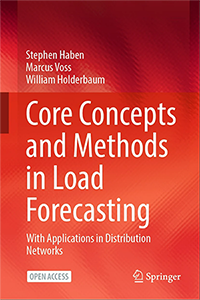Thresholds: from small p regime to general
Abstract
Let $p_c$ and $q_c$ be the threshold and the expectation threshold, respectively, of an increasing family $F$ of subsets of a finite set $X$. Recently, Park and Pham proved Kahn–Kalai conjecture stating that a not-too-large multiple of $q_c$ is an upper bound on $p_c$. In the talk, I will present a slight improvement to the Park–Pham theorem, which is obtained from transferring the threshold result from the small $p$ regime to general $p$. Based on joint work with Oliver Riordan.



